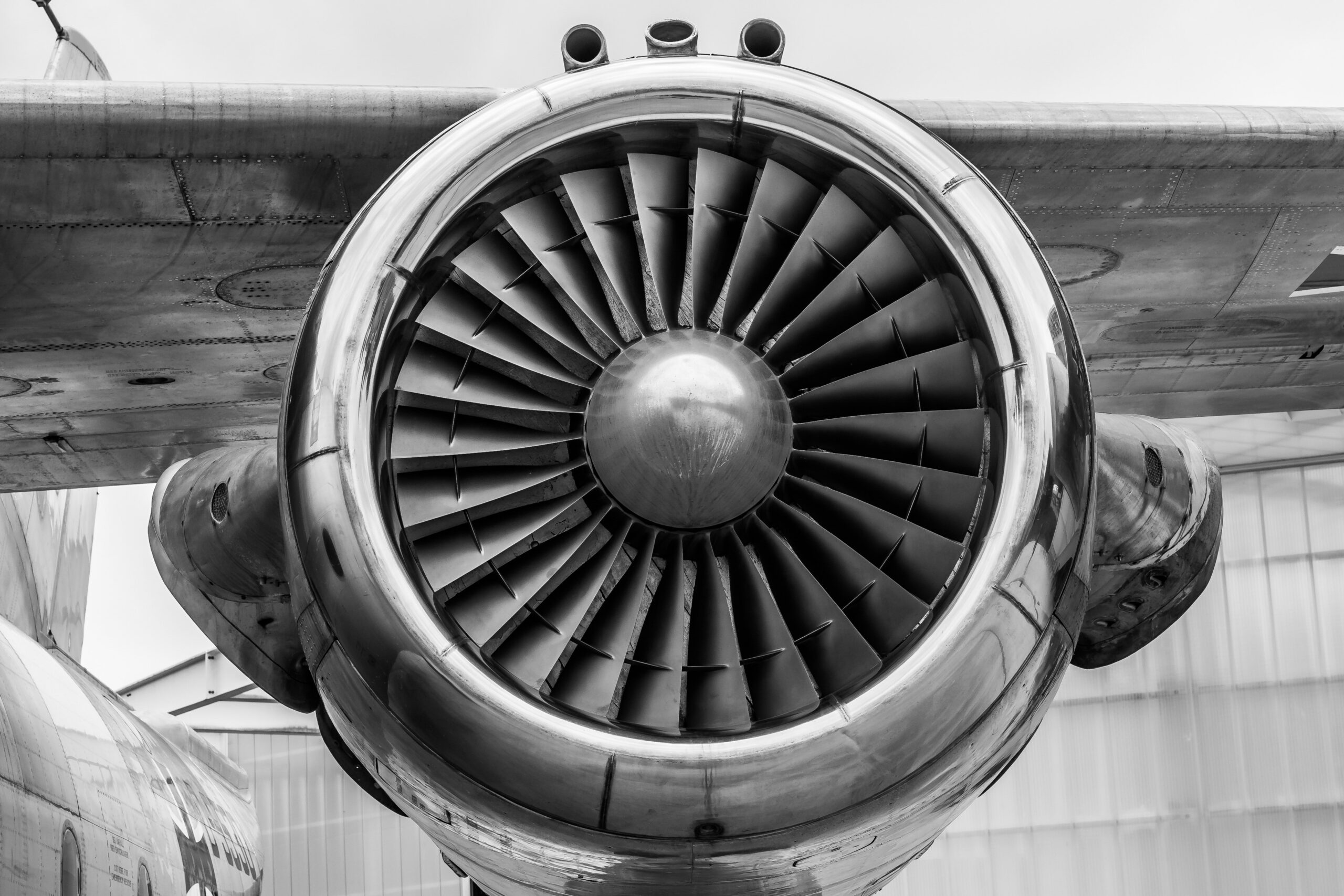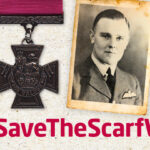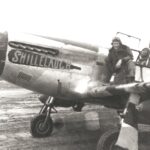From the Wright brothers’ first flight to the rise of commercial aviation, the history of flying is one that continues to fascinate and inspire. From military aircraft used in World War I to supersonic jets, this technological evolution has transformed our lives in ways we never imagined.
In this article, we’ll explore the rich history of aviation and take a look at where it could be headed next. From biplanes to hypersonic jets, join us as we travel back through time and trace the remarkable development of this amazing industry.
Early Aviation
Today, technology is an essential part of our lives, from being able to get food delivered to your door to playing online pokies. With the convenience of internet, people can stream movies from almost anywhere. And with the newest advancement of technology, flying has never been easier. We rely on airplanes to get us where we need to go, whether it’s for business or leisure.
However, it begs the question of how it all started. Well, the history of aviation is a long and fascinating one, filled with incredible people and machines that have pushed the boundaries of what is possible. The early years of aviation were particularly exciting, as pioneers in the field worked to unlock the secrets of flight.
In the early 1800s, ballooning became a popular way to explore the skies. French brothers Joseph-Michel and Jacques-Etienne Montgolfier were the first to successfully launch a hot air balloon in 1783. Soon after, British inventor Henry Cavendish developed a hydrogen gas-powered balloon.
In 1804, another British inventor, Sir George Cayley, built and flew the first glider. Cayley’s work laid the foundation for future aircraft design. He is also credited with identifying and describing the four forces that act on an airplane: lift, drag, thrust, and weight.
And in 1903, American inventor Orville Wright made history when he successfully flew the first powered airplane for 12 seconds over a distance of 120 feet (36 meters). His brother Wilbur followed suit later that same day, flying a plane for a distance of 852 feet (260 meters).
Other notable early aviators include Amelia Earhart, the first woman to fly solo across the Atlantic Ocean; Charles Lindbergh, who made the first solo nonstop flight across the Atlantic; and Wiley Post, who was the first person to fly solo around the world.
Aviation in World War I and World War II
During World War I, aircraft were used mainly for reconnaissance and observation missions. The war spurred further development of aircraft and engines, leading to the first fighter planes and bombers. By the end of the war, aircraft had become deadly weapons, capable of causing massive destruction.
World War II saw even greater advances in aviation technology. Jet engines were invented and used in combat for the first time. Bombers became larger and more destructive, while fighters became faster and more maneuverable.
The war also saw the development of new technologies like radar and missiles. After World War II, aviation continued to develop at a rapid pace. Commercial jet travel became commonplace, while military aircraft became ever more sophisticated.
Modern Aviation
Modern aviation is a fascinating field that is constantly evolving. After the war, many military pilots transitioned to civilian aviation. The skills they acquired during the war helped to accelerate the development of commercial aviation. By the mid-20th century, airlines were carrying millions of passengers around the world every year.
Today, aviation is an essential part of our lives. It plays a vital role in commerce and trade, and it allows us to quickly and easily travel to distant parts of the world.
With modern aircraft, we can fly faster and farther than ever before, and new technologies are constantly being developed to make air travel even safer and more efficient. As we look to the future, it’s clear that aviation will continue to be a vital part of our lives.
Private Aviation
In the early days of aviation, flying was something that was only done by the wealthy. They would hire pilots to fly them around in their private planes. This was seen as a very luxurious way to travel.
As time went on and aviation technology improved, more and more people were able to afford private planes. This led to the development of private airports and charter services.
Today, private aviation is still seen as a luxurious way to travel. However, it is also seen as a necessity for many businesses and individuals. Private jets are often used for business trips or for traveling to remote locations. They are also used by celebrities and other high-profile individuals who need to travel quickly and discreetly.
Conclusion
In conclusion, it is clear that aviation has come a long way since its humble beginnings. What started as a dream has become a reality and the sky is now the limit. It is amazing to think about what the future of aviation may hold and we can only imagine what new technologies and discoveries will be made.
























